Top Things to Know Before Buying Cool Indoor Plants
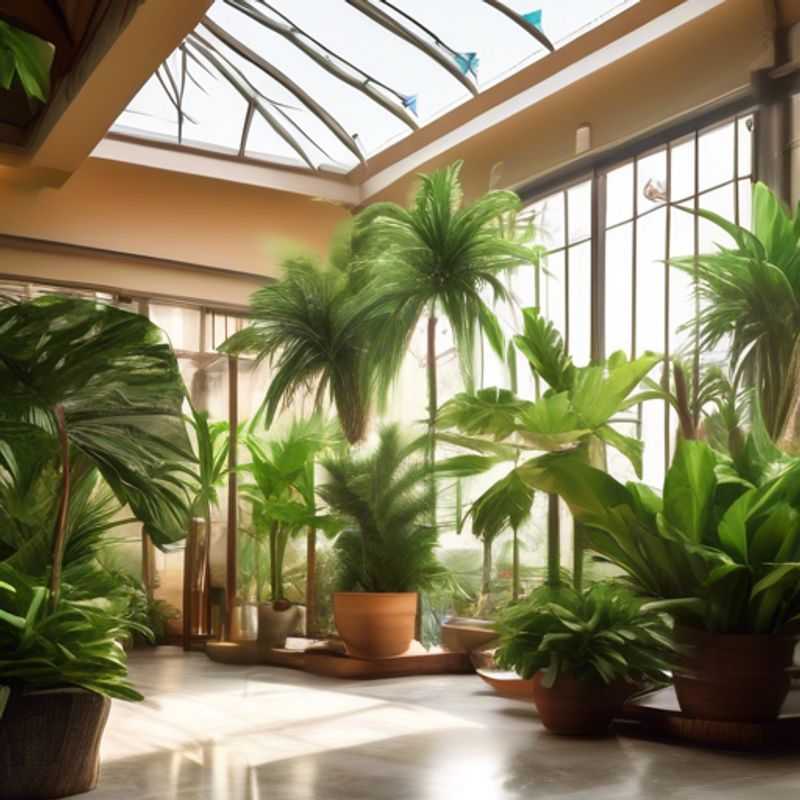
7 Key Factors to Consider Before Bringing Home Your Dream Indoor Plant
Bringing nature indoors can enhance your well-being and transform your living space. But before you fall in love with a leafy friend, it's crucial to consider a few factors to ensure a thriving plant and a happy home. Here's a breakdown of the essential things to know before you buy your next cool indoor plant:
1. Light, Light, Light:
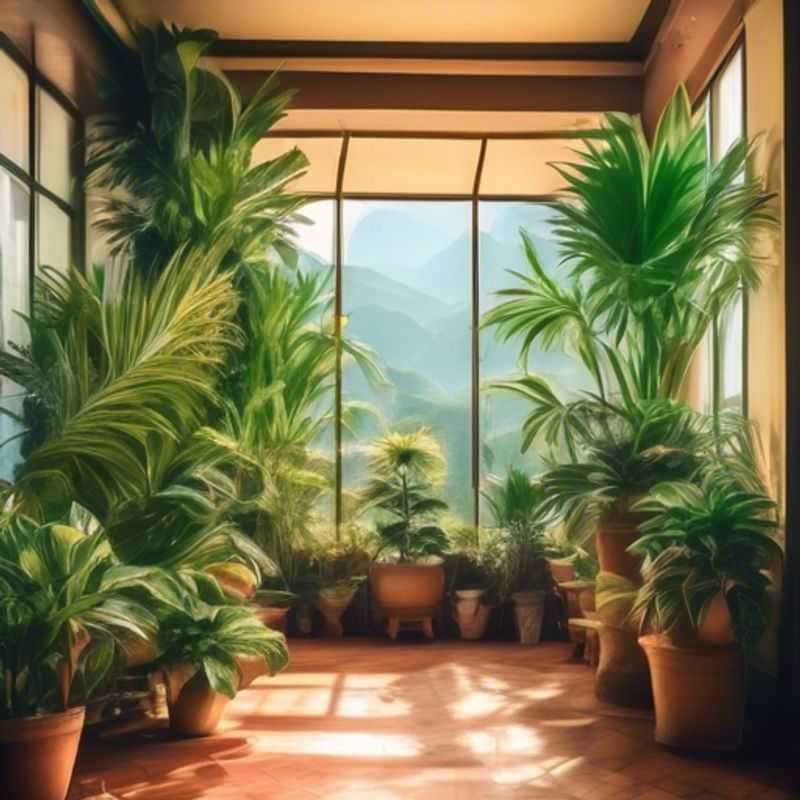
Matching Light to Plant Needs: Determining the Right Conditions for Success
The success of your plant largely depends on getting the right amount of light. You can determine the lighting conditions in your home with a few simple steps. Firstly, observe the amount of natural light the area receives. Does it receive direct sunlight for several hours, or is it mostly shaded? Consider the time of day and the season, as the amount of light will vary throughout the year.
Next, measure the light intensity using a light meter. These are readily available online or at garden centers. If you don't have a light meter, you can estimate the light levels based on the brightness of the area. Bright areas will typically have a light intensity of 10,000 lux or more, while dimly lit areas will have a light intensity of less than 1,000 lux.
Lastly, consider the light quality. Some plants prefer full spectrum light, while others do well with lower levels of red light. You can use a grow light to supplement natural light or provide artificial light for plants in low-light areas. Grow lights come in various types and intensities, so choose one that best suits your plant's needs.
Knowing the lighting conditions in your home will help you choose the right plants and provide them with the necessary light to thrive. Remember, each plant has its own light requirements. It's best to do some research on your specific plant to learn about its preferred lighting conditions.
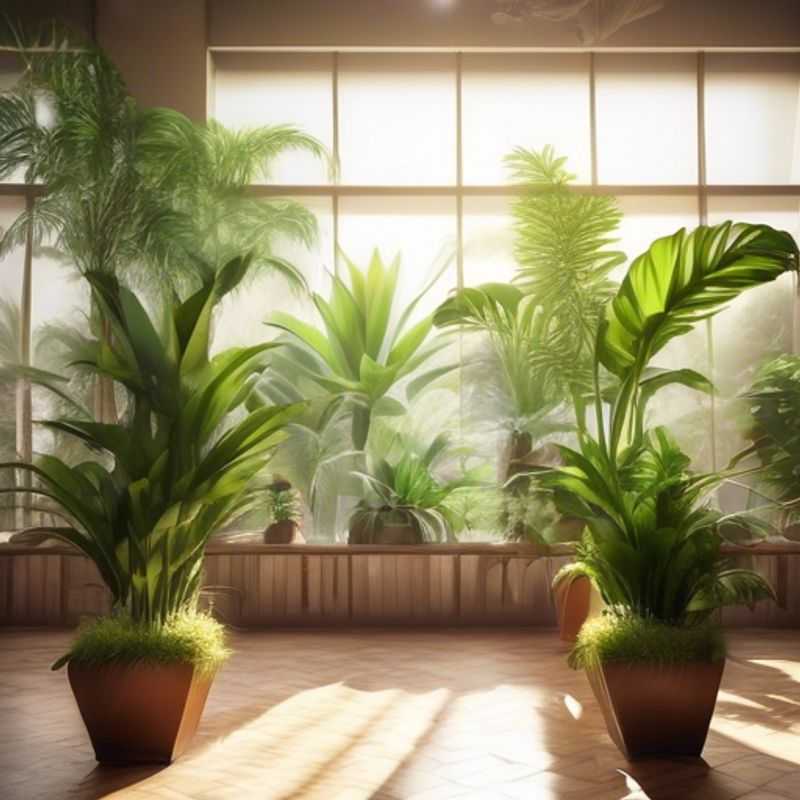
Choosing the Right Plant: Size Matters!
When choosing a plant, consider its mature size and the space available in your room. This is crucial for both the plant's well-being and your enjoyment of it. A plant that outgrows its space will struggle to thrive and may even damage your surroundings. Measure the area you intend to place the plant and research the potential size it will reach. This may require some online research or consulting with a plant expert.
Think about the plant's growth habit. Some plants, like vines, can extend vertically or horizontally, requiring additional space. Consider the height and width the plant will eventually reach. A small plant might seem manageable now, but will it eventually block a window or take over a shelf?
Don't forget about the plant's roots. They need space to grow too. When planting, ensure there's adequate room for root expansion. A pot that's too small will restrict root growth and lead to poor plant health. If you are unsure, err on the side of a larger pot, as you can always repot the plant later.
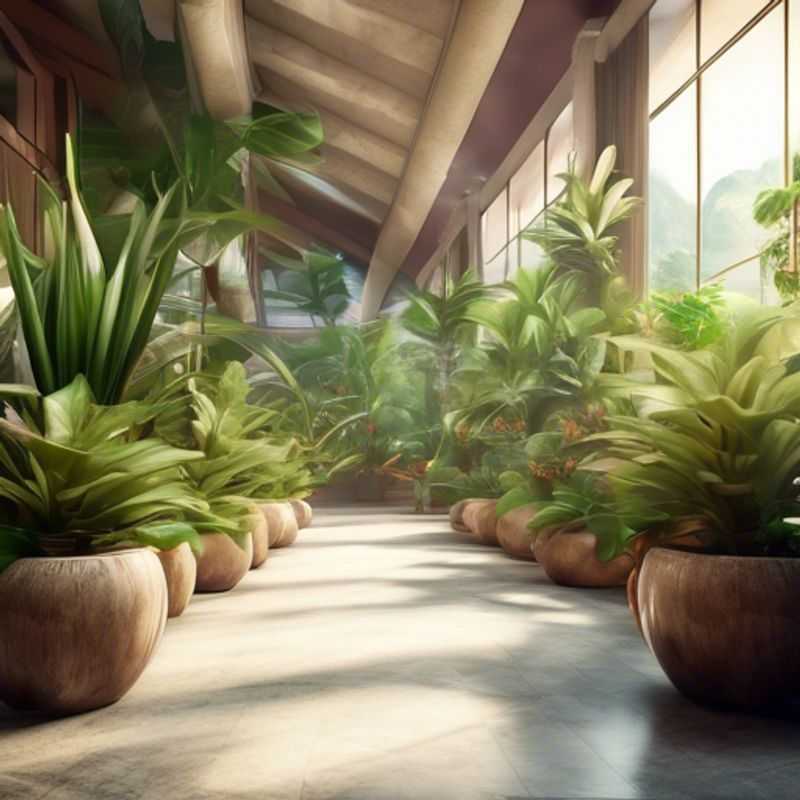
Indoor Plant Care: Researching the Specific Needs of Your Green Friends
Understanding the specific care requirements for your indoor plant is crucial for its health and longevity. Start by identifying the plant's botanical name, as this will provide you with accurate information about its origin and natural habitat. This will help you determine its ideal growing conditions, such as light requirements, humidity levels, and temperature preferences.
Next, research the plant's watering needs. Some plants prefer consistently moist soil, while others thrive on occasional, deep watering. Avoid overwatering, as this can lead to root rot.
Consider the nutritional requirements of your plant. Many indoor plants benefit from regular fertilization, especially during their active growth periods. Choose a fertilizer specifically designed for indoor plants and follow the instructions carefully.
Keep an eye out for any signs of pest infestations or diseases. Early detection and treatment are essential for maintaining the health of your plant.

Choosing the Right Plant: Matching Maintenance to Lifestyle
When selecting a plant for your space, it is crucial to ensure compatibility with your desired level of maintenance. Some plants require minimal care, such as succulents and snake plants, while others, like orchids and certain tropical varieties, may demand more attention. Assess your availability for watering, pruning, and fertilizing to match your lifestyle.
Consider the environment in which the plant will be placed, including light conditions and humidity levels, as this can significantly impact maintenance needs. Additionally, factor in the cost of supplies such as pots, soil, and fertilizers, which can vary based on plant type.
When estimating a maintenance plan, include potential paid activities such as professional plant care services or workshops for learning proper techniques. Budgeting for these elements will help ensure a successful and sustainable plant care routine that aligns with your time and resources.
Ultimately, choosing the right plant for your maintenance level not only enhances your space but also promotes long-term health and growth of the plant, making it a rewarding endeavor.

Pet-Friendly Plants: A Guide for Furry Families
Bringing greenery into your home is fantastic, but if you have furry companions, it's crucial to make sure your plant choices are pet-friendly. Many common houseplants can be toxic to pets, leading to unpleasant and even dangerous consequences.
Before bringing a new plant home, always research its toxicity level for pets. Websites like the ASPCA have comprehensive lists of pet-toxic plants. Look out for plants like lilies, which are highly poisonous to cats, and avoid them altogether.
While some plants are safe, others can cause mild to severe reactions. Symptoms can include vomiting, diarrhea, lethargy, and skin irritation. If you suspect your pet has ingested a toxic plant, seek veterinary attention immediately.
Keep in mind that even seemingly harmless plants can pose risks. Some pets are more sensitive than others, so it's best to be cautious.
You can make your home safe by choosing non-toxic plants, keeping them out of reach of pets, and being attentive to any signs of plant ingestion. Remember, a little research can go a long way in ensuring a safe and enjoyable environment for both you and your furry friends.
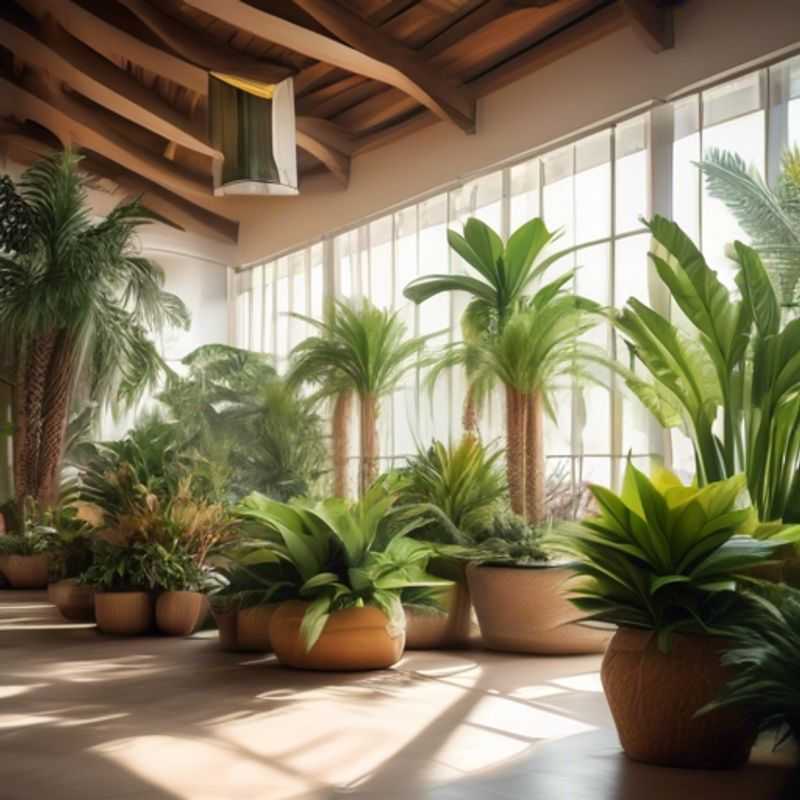
Understanding Watering Needs: Tailoring Your Approach to the Environment
Understanding a plant's watering needs is crucial for its health and survival. The environment plays a significant role in determining how much water a plant requires. Here's a quick guide to adjust watering based on your surroundings:
Sunlight: Plants in full sun require more frequent watering than those in shade. Intense sunlight increases evaporation, leading to faster dehydration. Adjust watering frequency accordingly.
Temperature: Warmer temperatures accelerate evaporation, demanding more frequent watering. Conversely, cooler temperatures decrease evaporation, allowing for less frequent watering.
Humidity: High humidity levels reduce the need for frequent watering, as the air retains moisture. Conversely, dry environments require more frequent watering to compensate for the lack of atmospheric moisture.
Soil Type: Different soil types retain water differently. Sandy soils drain quickly, requiring more frequent watering. Clay soils retain water for longer, allowing for less frequent watering.
Pot Size: Larger pots retain more moisture than smaller pots. Plants in larger pots require less frequent watering, as the larger volume of soil allows for more water retention.
Plant Type: Different plant species have varying water requirements. Research the specific needs of your plants to determine the appropriate watering frequency for optimal growth.
Watering Technique: Deep watering is more beneficial than shallow watering. It encourages roots to grow deeper, improving water absorption.
Monitoring Soil Moisture: Use your finger to check the soil moisture before watering. If the soil is dry to the touch, it's time to water. Overwatering can lead to root rot, so be mindful of the soil's moisture content.

Choosing the Right Plant: Matching Your Style and Decor
Choosing a plant that complements your style and decor is a great way to personalize your space. Start by considering your home's aesthetic: Are you drawn to minimalism,maximalism, or a mid-century modern vibe?
Take note of the lighting conditions in your home. Some plants thrive in bright light while others prefer shade. A south-facing window will offer the most sunlight. Consider the size of the plant; a large plant can overwhelm a small space, while a smaller one can get lost in a large room.
Research plants that fit your lifestyle. If you're prone to forgetting to water, low-maintenance options like succulents or snake plants are a good bet. If you're looking for a challenge, a more demanding plant like an orchid could be rewarding. Remember, plant care is an investment of time and energy.
Consult plant guides, websites, or local nurseries for advice on the specific needs of your chosen plant. Learn about their light requirements,watering frequency, and ideal temperature. Proper care will ensure your new plant thrives in your home for years to come.
